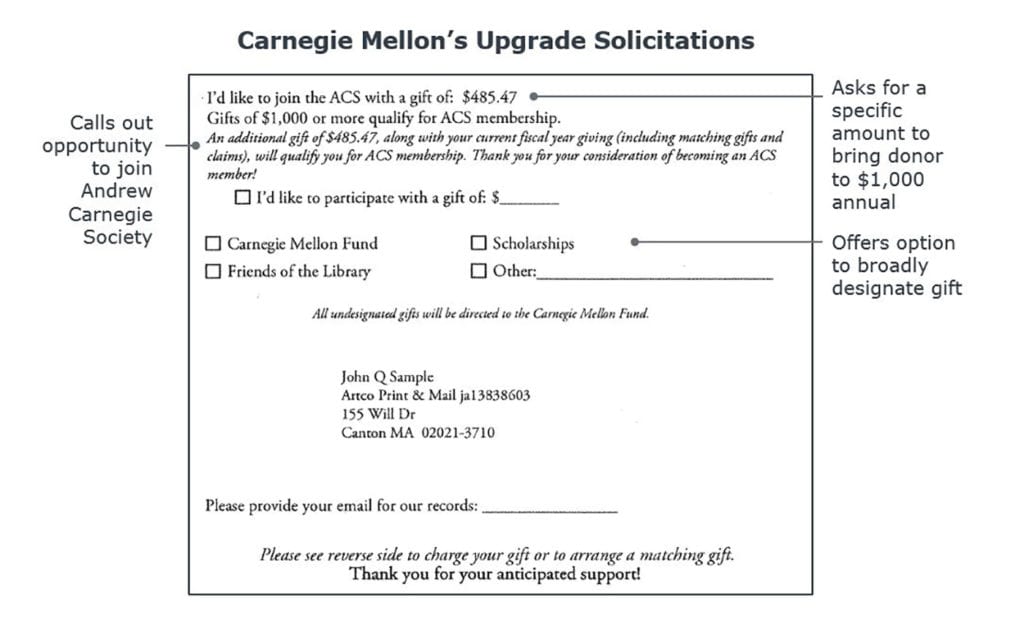How to make your gift society work for you
You pour resource after resource into giving society stewardship—but what’s the result? With the same old traditional approach, unfortunately, not much.
An overwhelming majority of donors care little about certificates, plaques, and other traditional gift society gifts. Yet donor relations often continues to invest heavily in these offerings. Many advancement leaders have started to wonder whether their stewardship dollars could be spent more productively.

But abandoning giving societies altogether may be premature: A segment of donors do value them, and the last thing we want to do is alienate our most loyal supporters. Even beyond that, giving societies can provide a useful “organizing principle” for our stewardship activities.
Forward-thinking advancement leaders are beginning to shift away from the traditional giving society approach, without discarding it altogether. They’re creating new and improved giving societies that encourage the next big gift, highlight society benefits, and target new populations.
Upgrade the gift, upgrade the access
According to the EAB study Optimizing the Campaign Pipeline, advancement leaders at Carnegie Mellon University use society membership as an incentive for donors, who are on the cusp of a leadership annual gift, to upgrade. They target donors who are $1 to $500 away from qualifying for society membership. Prominent giving society branding is used in the mailing to raise awareness about the society and drive upgrades. To facilitate the upgrade process, the reply card asks donors to give a specific, customized amount that “bridges the gap” between the donor’s current-year giving and the $1,000 entry point for the giving society.

The University of Delaware fostered donor upgrades by highlighting new benefits for increased giving society tiers, prompting larger gifts from current giving society members. The giving society was previously a one-tiered program with universal benefits for all members. Rebranded, the Delaware Diamond Society now includes increased access to top university officials and activities as giving levels increase.
Appeal to the next generation of giving society donors
Giving tiers for graduates of the last decade encourage young alumni donor participation based on their graduation year. Marist College gradually increases the minimum for young alumni giving society membership by $100 for each year since their graduation. Through this approach, graduates 10 years past their graduation are asked to donate $1,000, which is the entry level for Marist College’s traditional giving society.
Infographic: Learn how to capture young donor mindshare
Boston University encourages young alumni to donate as soon as they graduate with a specialized giving society for donors who have donated every year since graduation. Loyalty Circle members are encouraged to start giving with their class gift and are honored by the number of consecutive years they have given on the university website and the alumni newsletter.
Focus on untapped donor populations
Elon University moves beyond traditional parents and family giving to specifically target the grandparents of current and past students. Grandparents of Elon University students are asked to support the university with annual gifts of $5,000 or more, or a lifetime commitment of at least $25,000. The Grandparent Leadership Society encourages participation by providing a network of peers for donors and access to events tailored to this unique community.
The giving society may not be defunct, but the current approach to society member solicitation and stewardship is. Increase the reach of your current giving society budget by upgrading current giving society donors to the next tier and targeting new or unique populations previously ignored by giving societies.
More Blogs

What the OBBB tax changes could mean for your advancement strategy

What to say to a donor who’s lost faith in higher ed
